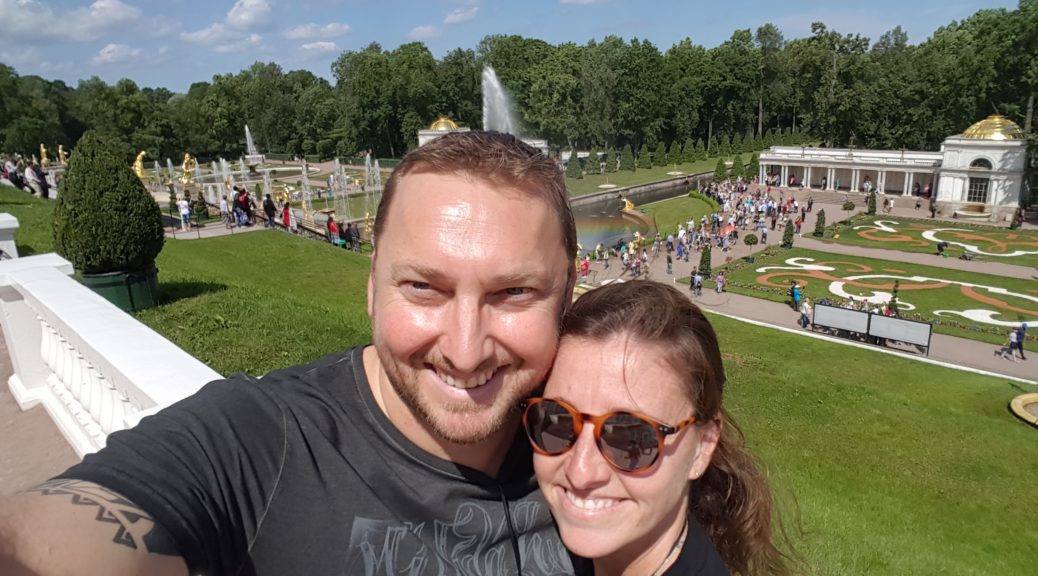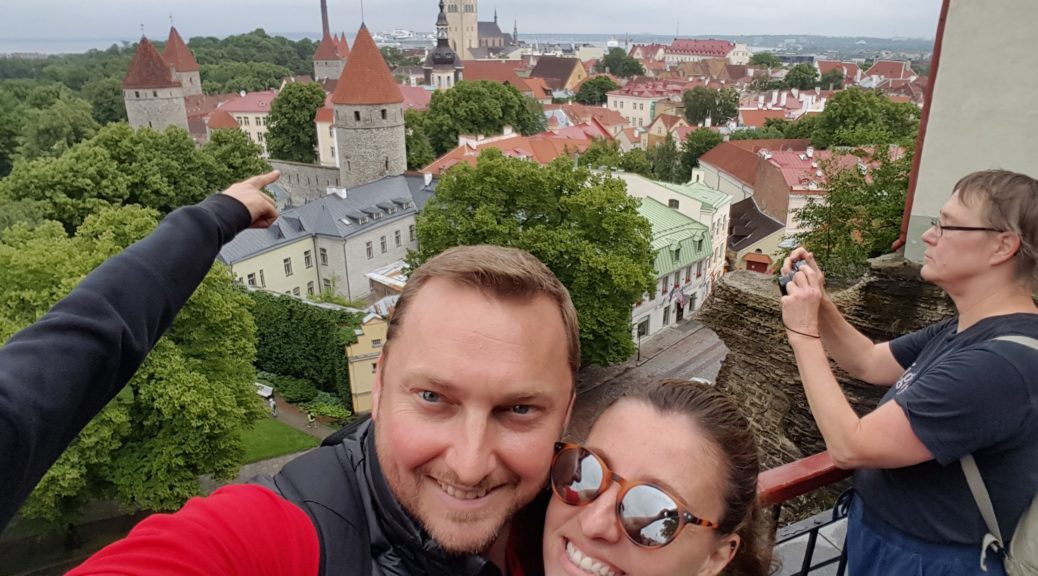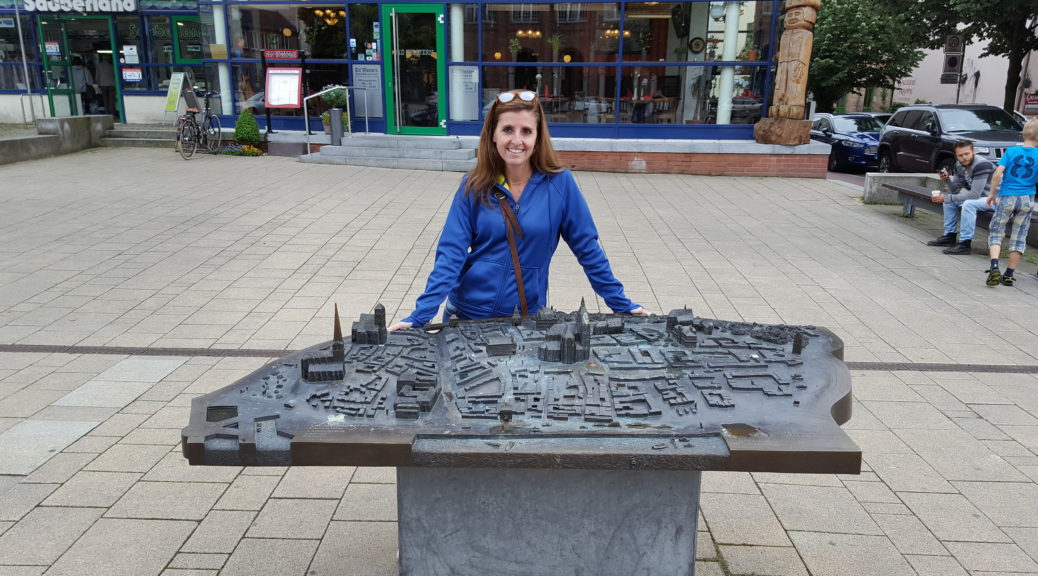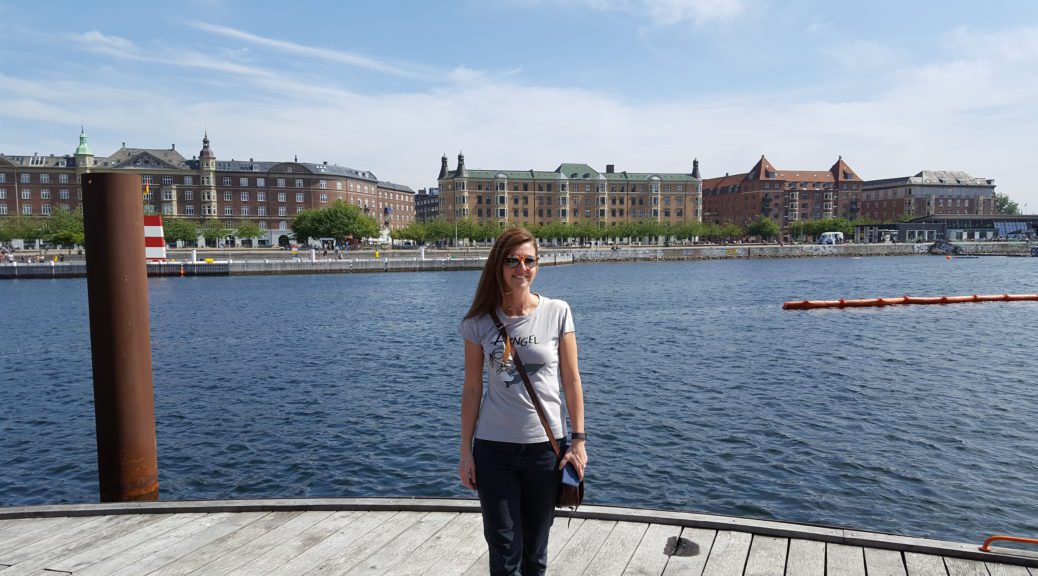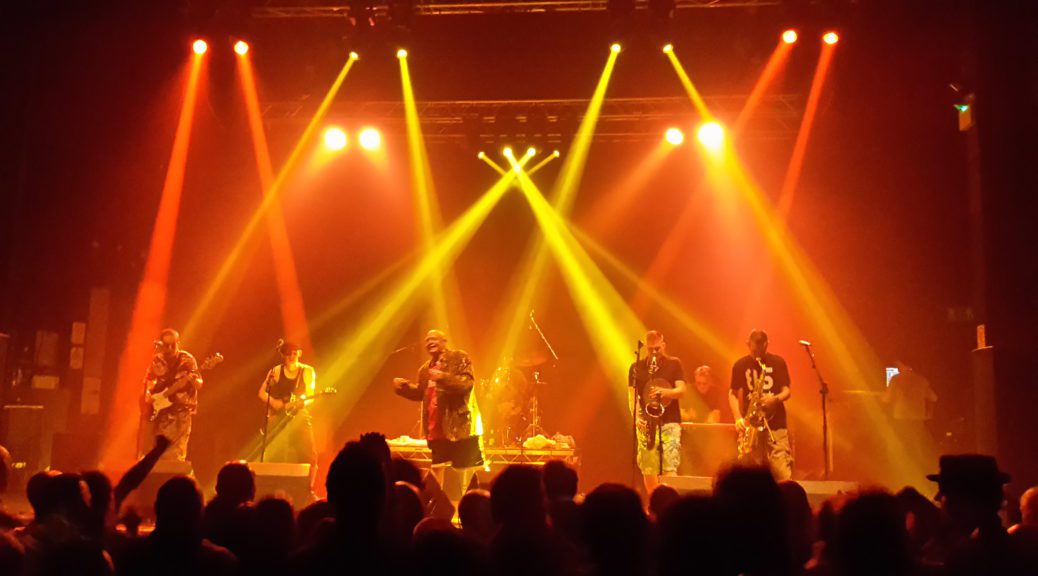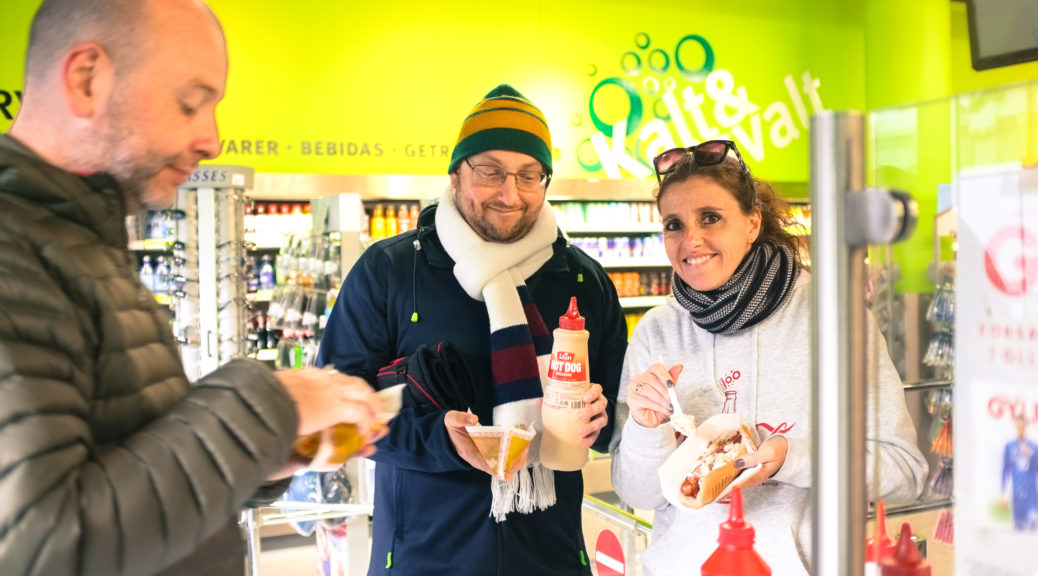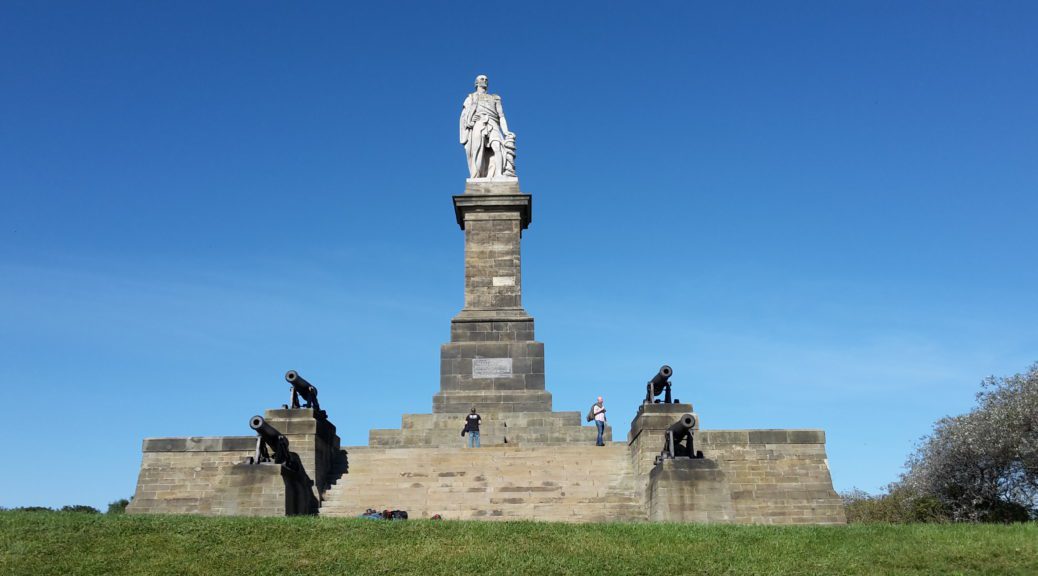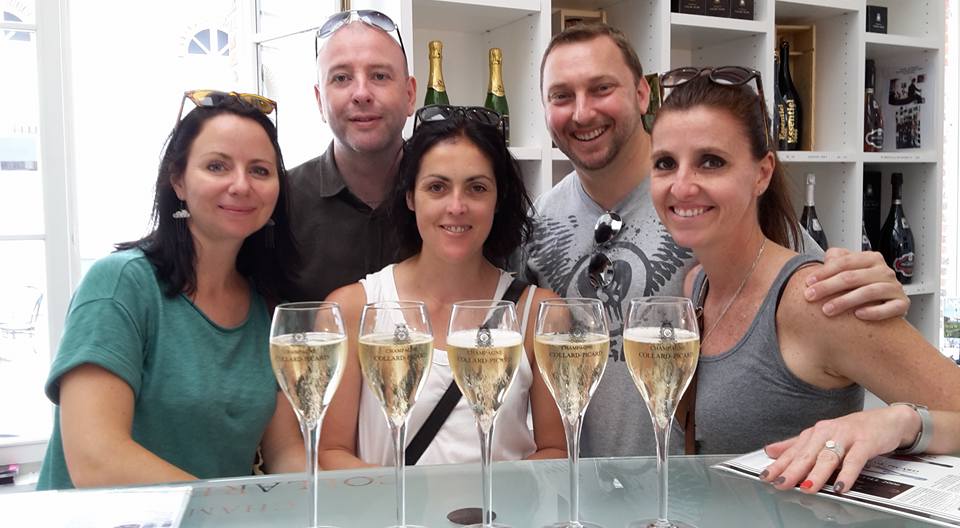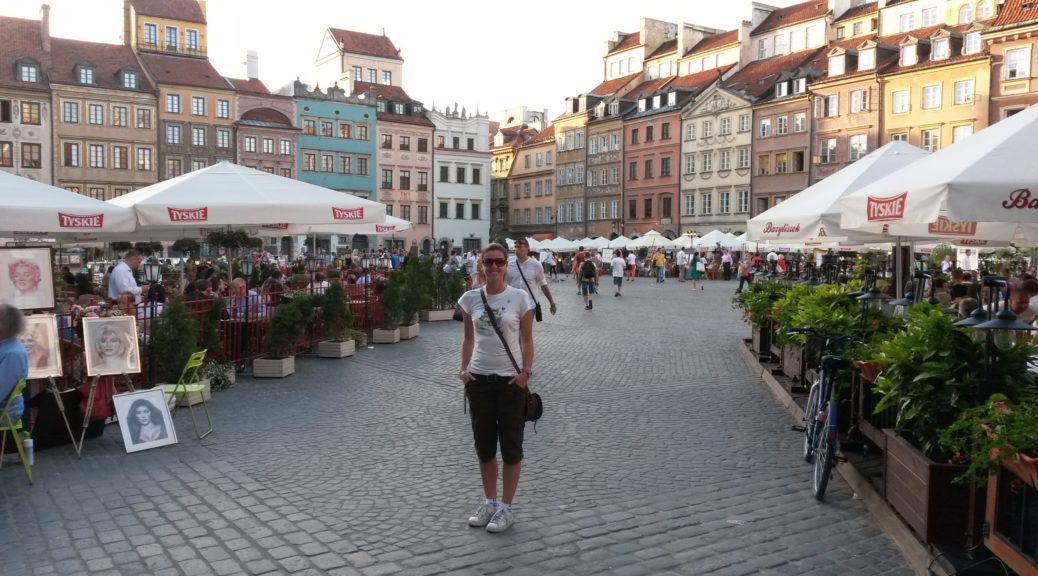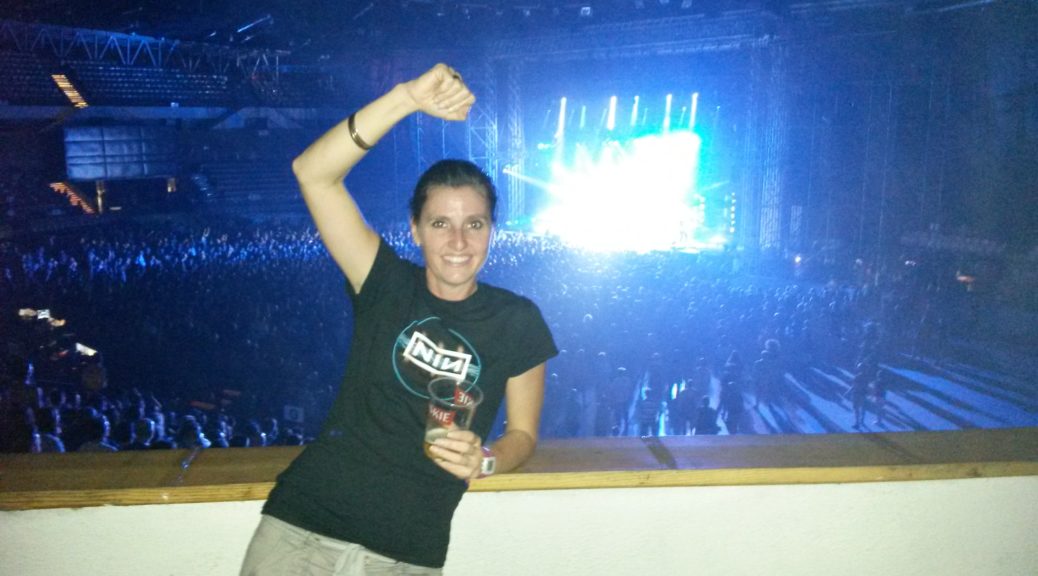ICELAND
04-07 October 2015
I’d wanted to go to Iceland since about the time I first encountered the Chappies fact “Did you know? Reykjavic is the world’s most northerly capital”. It sounded so far. So remote. So exotic. Very alluring.
I’m not sure I ever really seriously thought I’d get to Iceland though because it’s so far. So remote. Very expensive.
But opportunity presented itself when the Rugby World Cup 2015 placed us in Newcastle Upon Tyne in Northern England with games a week apart… leaving the week in between as the perfect chance to sandwich the bucketlist trip. And we do love a good sandwich, so it was an easy sell to Christian, and our trusty travelmates from London.
The hardest part was coordinating the planes, trains and automobiles (or, more literally, the taxi, plane and bus) to get us from Newcastle to Reykjavic quickly and economically. Fortunately, Alex can Google a travelplan like nobody’s business so with her masterplanning and my negotiating on Airbnb, we soon enough had the method and the destination sorted.
Opting for a private taxi to get us to Edinburgh was genius, door-to-door with no worries and no mucking about. The bus on the Iceland side was simple enough since the locals are very smart in coordinating shuttles to coincide with flight arrivals. Sounds obvious, but I’d bet OR Tambo International Airport would never come up with something so practical.
Iceland had a tiny population of approximately 330,000 people, most of whom live in the capital. This has always been the case, with the founding population burgeoning in the first 25 years (from establishment in 874) to about 10,000 people, and then rising to 30,000 by 930. Interestingly, Iceland’s tourism is growing so rapidly that they’re now seeing multiple times their population in people from all over the world (mostly in summer, I suspect).
Reykjavic was discovered in 874 AD by a Norseman emigrating from Norway at a time when high taxes were being imposed and land becoming scarce. He named it “Smokey Cove” because of the smokey haze created in the bay by geothermal steam. This natural warm water has longsince been piped into the cities and used for heating houses, but is so abundant that they have now even laid plastic tubing below the pavements in town and run natural heated water through it to defrost them in winter. Iceland is very proud to create all of its power from renewable energy sources, with 25% coming from thermal and 75% from hydro.
Our welcome to Reykjavic was bittersweet since it was drizzling and we had a very sketchy tourist map to get us to our quarters…. which we knew was supposed to be an easy walk from the BSI (central bus station). Alas, we took a wrong turn, took the long way around and were very grateful when we found our road and our wonderful house.
We’d managed another Airbnb win with this booking – a large Victorian looking home, with spacious unkempt front garden and welcoming driveway. Knocking at the (wrong) door revealed an old lady who was nice enough to let us in anyways, even though we were supposed to have gone around to the entrance at the back of the house. We were led along her hallway to a door that opened onto a landing. Her son was actually our host and he lived upstairs and our apartment was downstairs in the basement.
The whole house was warm and our flat had big rooms and soft lighting, so was very inviting after the long journey.
Nonetheless, we didn’t get to enjoy it for long as it was edging on 10pm and we were long past dinnertime, so we kitted up again and headed into the night to find somewhere to feed us.
Fortunately that turned out to be no more than a block away and we were soon settled in a bustling and lively kebab shop, devouring very tasty lamb schwarmas and washing them down with Viking beer.
It was a short and functional dinner because we had to get to the supermarket before it closed at 11pm. Our host, Sigurjon, had been nice enough to stock us a loaf of bread, a big block of cheese and some basic breakfast items like coffee, bread and milk, but we needed supplies for our planned tour the next day.
The shop was an education in itself. Everything is SO expensive in Iceland! Our picnic pack ended up being very modest – hotdog rolls (that come in packs of 5, oddly), some ham (to partner with Sigurjon’s cheese, which looked to be something in the lines of Emmenthal), a small pot of mayo and a dozen eggs – and it was over R220!
Still, not enough to lose sleep over. And our house proved to be very comfortable and warm, thanks to the thermal heating, and we slept the sleep of cocooned babies.
MONDAY: GOLDEN CIRCLE TOUR
Monday was an early start with our tour company collecting us from our house at 08h30. Nonetheless, we were up early enough to boil some eggs and toast some bread to ensure we were heading into the Golden Circle on the best footing.
Our driver/guide was an excellent storyteller and kept us updated and entertained as we picked up the last passengers and headed out of town.
He gave us a crash-course in geology, explaining how tectonic plates float on the Earth’s mantle and how shifting plates lead to eruptions, which cause lava to flow onto the surface and create new crust. Iceland is positioned above very active plates with volcanic eruptions on average every 5 years. That said, there have been 3 eruptions in the last year illustrating that the island is actually – in cosmic universe time – still very much in formation phase.
Our first destination was Thingvellir (Parliament Planes) National Park rift valley lake, which is about 84 square kilometres in size (about the size of the island of Manhattan). Thingvellir lies on the junction of the plates which is more clearly visible here than anywhere else in the world because the two plates are constantly diverging, causing fissures and gullies throughout the zone.
We alighted at Logberg where we followed a walking trail that illustrated the areas claim to fame via a series of info boards. Apparently back in the day, when Iceland was little more than a series of fledgling settlements, this was the area where chieftains from all around the island met up annually to discuss things and stuff, deal with matters affecting everyone (in a seemingly very civilised democratic manner) and dole out justice on criminal enquiries. As per legacy of Viking violence and vengeance, the legal council would decide on crime and punishment but it was up to the aggrieved party to enforce – mostly beheading for men, drowning for women and hanging for thieves who were seen to be the lowest of the low, even behind those found guilty of incest and infanticide, which were both rife.
The location is breathtaking and the council meetings must have been something to look forward to, especially for the people representing the Northern parts with their long relentless dark and freezing winters.
The guide pointed out the spots where the TV show Game of Thrones was filmed, most recognisable being where Briana battled The Hound and where the Wildlings fought off the Cannibals. He told us other references of arthouse films that were shot there, but none rang any bells.
Back on the bus, we headed to Gullfoss (“Gold Falls”); a wild waterfall that falls a combined 31m between a 11m fall narrowed from a wide river with an abrupt 90 degree right turn and immediate secondary 20m fall. The water rages and torrents and it was obvious that all the signs warning not to cross weren’t being dramatic in the slightest.
Of course, one of the storyboards tell the legend of how a fella from the side of the river we were on was enamoured by a farmgirl on the other side of the river and thus braved the river to swim across to her. Comically, the story concludes with saying that they’re unsure of the girl’s response to the boy’s arrival… but they “had many well-respected children”. Sounds like they know exactly what the girl’s response was!
On our drive from the falls to the geysers, our driver pointed out that there are no reptiles or insects, no cockroaches, no ants, no rodents in Iceland, just an abundance of birds. *No Spiders* has to be big tourism (immigration even?) booster!
There are also no trees, per se. The biggest “trees” are no more than thigh high. This is because Iceland used to be mostly under the sea, back in the Ice Age where hundreds of metres of ice was so heavy that it weighed down Iceland, which essentially floats on magma, such that the lowlands were submerged (forming the sea bed) and the highlands would have been a collection of small islands.
The soil is consequently still rich with seaweed composites and minerals, making it very fertile… but not enough so to counterbalance the conditions above ground. Consequently, the majority of ground cover is mosses and grasses. And the Icelandic, with their offbeat sense of humour, enjoy the often-told joke: What do you do if you get lost in an Icelandic forest? Stand up!
The stop at the geysers was scheduled as 90 minutes so, despite having scoffed our cheese and ham sarmies, we opted to try the traditional kjotsupa (lamb soup) in the restaurant to kill some time. Over R1000 for 4 soups and 4 beers – eeek! Luckily the soup was really excellent – a broth full of flavour with chunky potatoes and veg and a generous portion of lamb – which took the sting out a bit.
Warmed from the inside by the soup, we were ready to watch the geyser. The main geyser, Stokkur, erupts every few minutes so we’d been advised to be poised finger-on-the-button to snap photos as the hot water gushed from the crater into a plume several metres in the air. We were lucky and got it first time!
We’d also been warned to stay on the path since the geysers obviously emanate from underground and there’s no guarantee how deep the crust is closer to the craters (but the paths have been reinforced). Apparently every year there’s *someone* who falls through the crust and gets scalded by the hot water below. We didn’t venture off the path but had to marvel at the fools that did, and at the curious who’d remove a glove to test the rivulets streaming away from the geysers… and then, everytime, flick their hands in disbelief when the water burned them.
On the way to the last stop, the driver made an unplanned diversion when he saw a paddock with horses. He stopped the bus and had us line up at the fence even though the horses were far away at the other side of the field. Sure enough they all came over to visit with us and the guide told us that Icelandic horses, while descended from Norwegian horses, have been bred to be quite unique, specifically in terms of size and sociability. The horses are distinctly middle-sized, are very friendly and have a lovely thick coats creating duskier colouring than other horses.
The impromptu horse experience stole the thunder of the last sight, a waterfall not particularly high but wide.
We were dropped off back at our house at around 5pm. We confirmed our return with our South African friend who had recently moved to Iceland on work contract, so that she could make her way over to our house.
We were smart enough to have acquired vodka at duty free (having been warned about the extortionate prices in Iceland) which we combined with orange cordial and genuine, fresh, icy-cold, straight-out-of-the-tap Icelandic water for not-so-fancy but will-do-nicely-thanks sundowners.
Jean-Leigh had only been in Reykjavic for 6 weeks but had much to tell about the life, logistics and must-see of the city. She also told us that her arrival brought the South African contingent living in Iceland to 94 people, which is way more that we’d have thought.
There was some conjecture about what to do for dinner since Icelandic specialities stretch beyond the food of bygone eras to include very accessible categories from the Western world, no doubt largely owing to the large American base in Reykjavik that was maintained from World War II until relatively recently. This in mind, we bowed to the highly recommended (by Jean-Leigh, the internet and the selection of travel guides we’d browsed along the way) Lebowski’s, named after the cult classic movie, “The Big Lebowsky” and famed for amazing burgers in a highly stylised setting.
The call was a good one and we all ordered different things and all the food looked amazing. Using this as the benchmark and making a pointed effort to observe burgers wherever we went, it was easy to see why Western food was becoming an Icelandic speciality – they just do it better than we do.
The burgers (standard 150g) are perfectly proportioned to generous amounts of topping, that include sweet streaky bacon, melt-in-your mouth cheese and bearnaise sauce popping up frequently and when you’d least expect it. We also later found out that all their meat is organic, still farmed the old way where animals are left to graze in the hills and the mountains all summer and then herded (with horses) at the end of the season.
Now based in the centre of Reykjavic’s happening bit, Laugevegur, it was easy to pub crawl around town since everything was one road up or a few doors down.
Coming home we realised that town was much smaller than we had thought and already the city grid was forming in our heads. It certainly helped that our lovely house was in the road that ran along the pond, but on the side closest to town – the perfect address for anything you want to do in Reykjavik!
TUESDAY: REYKJAVIC
Tuesday was a late start after our welcome to Reykjavic-by-night, because we had no formal tour arrangement and because our wanderings around the city had shown us that it was compact and easy to navigate so we wouldn’t need a full day to see what it was we wanted to see. It was great to have a sleep-in and lounge about in our cosy lair all morning.
Lunch became the motivator to venture out and we made it our mission to find a hotdog which, bizarrely, is something Iceland has become known for.
We tried a hotdog stand at the waterfront, encouraged by the queue of people surely meaning it must be good. And it was good, if not a bit plain. Soft roll, meaty vienna, crunchy diced shoestring onions. R40 for a “nice” hotdog the length of my wrist to fingertip.
We had to have a second hotdog from somewhere else to yardstick. We opted for one from the 24-7 supermarket since I’d seen the earlier and been drawn by the viennas wrapped in bacon. It didn’t feel very authentic… but we did it anyway… and it was great! Another delighful coup de gras presented itself in the condiments with a mayo-like “hotdog sauce” (that’s all the bottle said in English) and potato salad with bacon bits, as well as the usual onions (fried or raw), ketchup and mustard. Same price as the hotdog from the stand; we’d found a winner.
We took a walk to the Harpa events complex, a very noticeable modern glass building on the harbour. And, by contrast, the very modest Prime Minister’s office which, built in the 1700s, looks like a farmhouse and acted as a prison in the 1800s before it became the official government building in the 1900s.
From there it was very easy to find our way up Laugevegur, browsing and stopping in at a few shops of interest along the way, as we wound our way up the hill to the famous church that looks like a rocketship.
Quite pleased with our outing so far we took some time out in Reykjavic’s oldest café, Prikid, on our way back down the hill.
Amazed at how easy it was to navigate through Reykjavic now that we had our bearings, we made our way past the duckpond on our way home to pick up our things and go sample one of the outdoor thermal baths.
The boys decided not to go, but Alex and I braved the unknown and were soon neck deep in hot water.
We started with the smaller pools, which seated about 12 people in a circle, sort of like a jacuzzi, but deeper and still. We did the 3 warm pools, each rising a few degrees until we were in the hottest, being early to mid 40 degrees. We only managed a quick toe dunk in the cold pool that was signposted as 8-12 degrees!
Then we moved onto a bigger pool which had sections marked as warmer but you could wade from one area to another rather than having to get in and out like in the small ones. Our favourite was a shallow section where you could lie in the warm water with the nape of your next resting on the boundary wall.
We ended off with the steam room, which was so hot you couldn’t stand in one place for too long without burning the soles of your feet.
All this in the outdoor 6 degrees temperature while we were willing it to get dark so we could see if the Northern Lights would present themselves.
In keeping with our chill day, we took a wander into town to look for a traditional Icelandic meal. We ended up at Loki Cafe opposite the spaceship church with lamb soup with smoked lamb on flatbread, lamb paté on rye and tasting bits of Christian’s very experimental platter that had dry fish, fermented shark and trout on rye.
With another early tour in the morning, we were soon heading toward home and were lucky enough to be treated to a Northern Lights show in the clear nightsky right above us, then and there. Green ethereal and smoky stripes that made the skyline look eerie, like aliens had landed!
WEDNESDAY: SOUTH COAST AND WATERFALLS TOUR
It was coming down in sheets in Reykjavic on Wednesday morning, which must’ve been lousy for the driver but, combined with the steady motion of the bus and monotony of long-distance travel, made for a good naptime on the first bit of our tour – the hour-long drive To Get There.
The journey was punctuated by a refreshment/comfort stop and a few photo opps, including a waterfall that appeared to flow upwards since the wind was so strong against the mountain that the water didn’t get to complete its fall. Our guide told us that the name ‘Iceland’ is a bit of a misnomer because they island is far more windy than it is icy… but obviously Windyland didn’t offer the same allure.
The first main stop was at Myrdalsjokull in Katla Geopark, which is a glacier mounted atop a volcano. The glacier gains and loses ground depending on weather conditions, for example it melted by almost a kilometre between 1930 and 1969, then grew by almost half a kilometre until 1995 and has been ebbing ever since with the prognosis being that if global warning continues then the glacier may have as little as a century left before it’s gone completely.
Katla, the volcano, is part of a much larger (110km) volcanic system that erupts on average every 80 years and is overdue an eruption since its last episode was in 1918. It’s quite a thing too since the glacier sitting on the volcano compounds the effects of the eruption itself (lava, ash etc) with the gush of water from the melting ice, which can accumulate as much as 300,000 cubic metres of water in a few hours – not a lot of warning to evacuate the affected areas, especially when the thick toxic volcanic ash and fumes make visibility little more than arm’s length!
Fortunately today was not Katla’s day to make up for lost time eruption-wise and we enjoyed a short hike to the edge of the glacier and admired its enormous face… me from the cosy comfort of today’s “outfit” consisting of thermal vest, long sleeved shirt, jersey, hoodie, jacket, scarf, tights, jeans, ski socks and gloves. Basically, everything I’d been able to pack in the silly togbag that had been allowed on our Easyjet flight! Can’t complain though, when you bear in mind this is fishing territory and the fisherman have for centuries been pushing the boats out into the water, waist-deep in these icy seas.
As beautiful as the Black Beach, Reynisfjara, is to stop at, I draw the line at emerging hand from glove to take a few snappies; no chance of toe out of sock for a swim!
The scenery is very dramatic with the shiny black sand against a backdrop of volatile crashing sea with whiter-than-white foam in front of you, and behind you sky-high cliff face with jagged rocks and jutty sections from a lifetime of extreme conditions and every force majeure imaginable.
Just around the cove, we visited Vic (named after one of the many Icelandic words that cover English’s simplistic bay/fjord spectrum), which was made a settlement because the lay of the land allowed equally for farming and fishing. Rolling green mountain, black beach and (marginally) calmer sea, smattering of brightly coloured tin houses and a Little House On The Prairie church up the hill surveying it all. While we ate our packed lunch chicken sandwiches and surveyed it back.
The sun had come out and so, since we were at the seaside after all, I unzipped my jacket and took off my gloves. We took some snappies of seaside and rainbows and then were on our way again.
The last 2 stops were both waterfalls:
Skogarfoss (“forest falls”) and Seljalandsfoss. The first being a very high and majestic waterfall and the latter positioned in such a way that you can walk on a ledge behind it and see through the waterfall’s curtain.
The drive home to Reykjavic was an anticlimax, mostly spent deciding where to have dinner. We had the driver let us out at Laugevegur and walked to the Dubliner Irish Pub which had been perpetually closed on the several times we’d checked in on it. Success! It was open!
Traditional Guinness In A Strange Land down (and logged on our Guinness Index), we were released from the shackles of having to do anything conventional so we went to Chuck Norris diner and ate baskets of burger goodness, Reykjavic-style.
